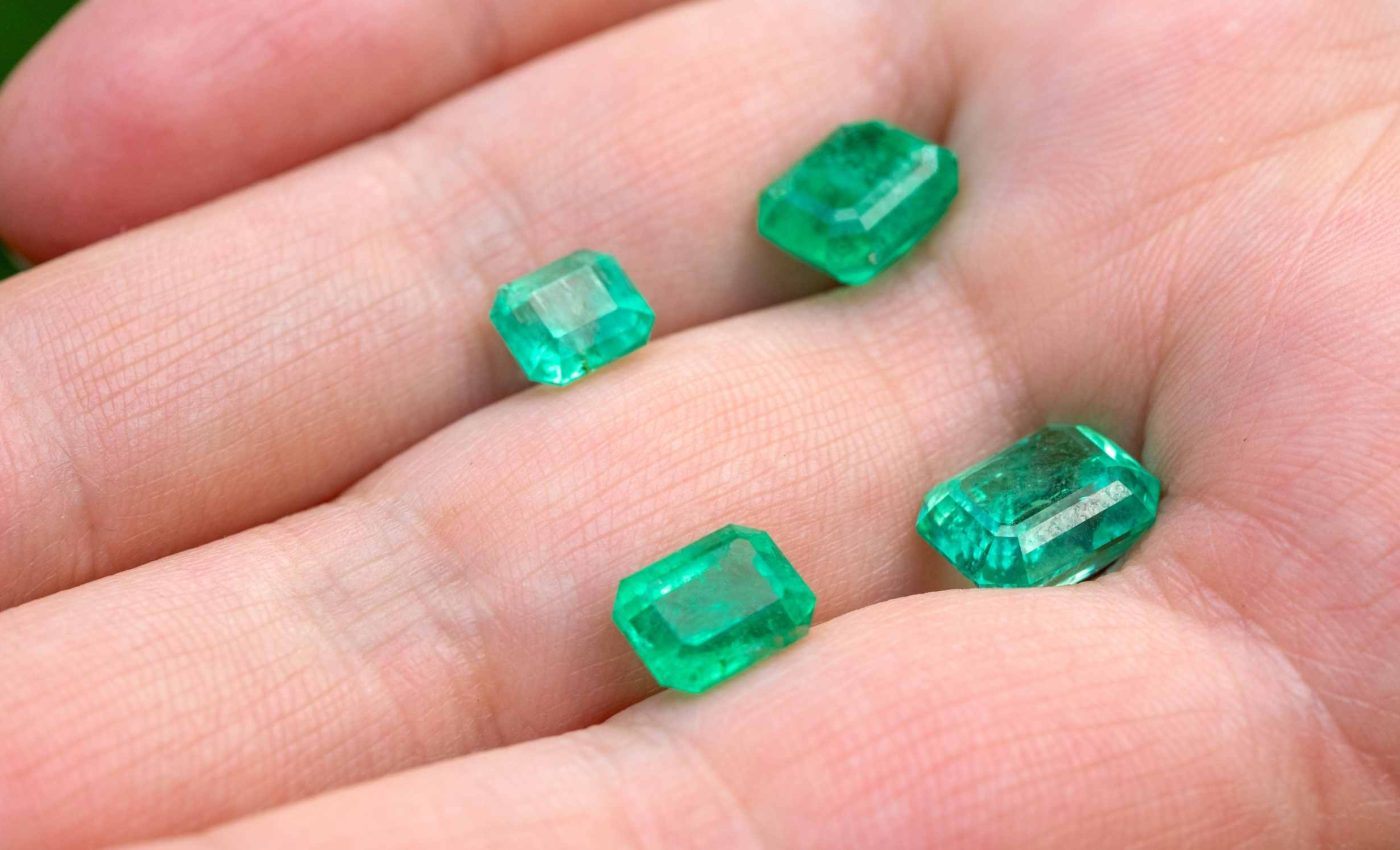
Geologists discover new clues about rare natural green diamond mine
A new round of sampling in eastern Finland points to a nearby source for a rare green diamond. The company leading the work says glacial sediments yielded strong mineral clues just up ice from an earlier find in Kuhmo.
The scale is small in tonnage but large in meaning. One natural green diamond can carry a long story about deep Earth processes and surface radiation, and this trail is narrowing in Finland.
What the samples are saying
The exploration focuses on kimberlite indicator minerals, tough grains that survive erosion and point to diamond carrying volcanic rocks; these minerals showed up in many of the samples. Indicator programs like this are a standard part of diamond hunting in glaciated terrain.
Peridotite derived grains matter most for early targeting. A G10 pyrope – a chromium rich variety of mantle garnet often linked to the diamond stability field – is one of the classic signposts together with chromite and chrome diopside, as summarized by the U.S. Geological Survey report.
In a regulatory announcement, the company reported kimberlite indicator minerals in 19 of 21 till samples collected up ice from the earlier green diamond site.
The same filing listed 74 purple to red peridotitic garnets, two orange mantle garnets, four chrome diopsides, and 81 chromites, with nine of the pyropes in the relatively large 0.5 to 1.0 millimeter range.
Why green diamonds are rare
Green diamonds are uncommon because their color usually comes from natural irradiation, radiation exposure that knocks carbon atoms out of place and creates light absorbing defects.
Research notes that saturated natural green stones are among the rarest fancy colors and that radiation related defects are a key cause, in some cases alongside nitrogen or hydrogen impurities.
Most gem quality green diamonds on the market today come from outside Europe. Finding one in Finland makes the geologic puzzle more interesting, even if the stone is small.
Clues about distance and direction
Three basal samples stood out with the highest counts, which matters for tracking back to the source. Basal till, sediment plastered beneath moving ice and less disturbed than surface material, often carries the sharpest signal about what lies directly up ice.
Fifteen of the peridotitic garnets carried a kelyphitic rim, a thin alteration fringe that can break down with long transport.
The company interprets those rims, together with the number and size of garnets, as signs that the kimberlite source is not far up ice.
One highly anomalous sample contained orange mantle garnets that are likely eclogitic, high pressure rock fragments rich in garnet and clinopyroxene.
Eclogitic garnets commonly appear alongside diamondiferous kimberlite in several terrains, so their presence in the mix is a useful targeting clue.
How teams follow the trail
The team is following a dispersal train, a down ice trail of scattered indicator grains that thins with distance from the source.
When counts spike abruptly in basal till, geologists often step up ice and tighten their grid to zero in on the source.
Glaciofluvial cover and peat can block digging in swampy ground. When that happens, crews shift from hand pits to drilling which is a faster way to test under thicker overburden and retrieve fresh material for mineral picking and chemistry.
What happens next
Excavation north and west is limited by thicker overburden and deep peat, so the next step is to put in holes. The company says drilling will test a small area where the mineral counts and geophysics overlap most strongly.
An earlier semi airborne electromagnetic survey, a method that maps shallow subsurface conductivity from a small aircraft or drone, outlined an anomaly that lines up with the indicator mineral train.
The company expressed optimism about the strong kimberlite indicator mineral results, noting that the recent electromagnetic anomaly could mark the potential source of the green diamond.
Lessons from these green diamonds
Peridotitic garnets point to mantle rocks that were cool enough for diamonds to remain stable. High chromium, low calcium compositions in these pyropes, a magnesium rich garnet…these are the subtypes most closely watched in early stage programs.
Pyrope plus chromite is a classic pair for first pass screening, according to an open file study.
Chrome diopside and chromite round out the classic set. The presence of grains in the larger size fraction helps because bigger, less worn pieces tend to travel shorter distances from the source. This fact helps to tighten the search window described by indicator mineral practice.
Finland has kimberlite and related volcanic rocks spread across the Karelian Craton. The country’s glacial cover complicates surface mapping but favors indicator mineral techniques that work well in till.
Green diamonds remain rare in any setting. Even one confirmed causative pipe would give researchers a local testbed to study color forming radiation histories in natural stones, adding a Nordic note to a story often centered in Africa and South America.
—–
Like what you read? Subscribe to our newsletter for engaging articles, exclusive content, and the latest updates.
Check us out on EarthSnap, a free app brought to you by Eric Ralls and Earth.com.
—–













